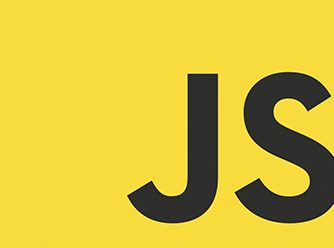Long awaited, but it’s finally there: a README for the mu-cl-resources service. Get to know all features (there are a lot!) of our microservice producing…
Author: Erika Pauwels
Web applications oftentimes require a user to be authenticated to access (part of) their application. For example a webshop may require a user to be…
In a previous blog post we explained how to host an EmberJS application in nginx with a backend API. First, we had to build the…
The mu.semte.ch stack relies on Docker as it perfectly suites a microservice architecture. We don’t only use it for deployment, but also for development. By…
In a previous blog post we set our first steps in mu-cl-resources. A microservice that generates a JSONAPI compliant API for your resources based on a simple configuration…
Repetition is boring. Web applications oftentimes require the same functionality: to create, read, update and delete resources. Even if they operate in different domains. Or,…
The mu-project repository offers a good starting point to bootstrap a new mu.semte.ch project. The docker-compose.yml to start from consists of 3 core components: mu-identifier,…
Since microservices are one of the core components of the mu.semte.ch architecture, we pay a lot of attention to making the development of a microservice…
The mu.semte.ch framework consists of a number of components. A number that is growing steadily and will keep growing in the future. If you’re new to the…
In the mu.semte.ch framework we use EmberJS in the frontend. The data is retrieved through Ember Data or AJAX requests, via the identifier and dispatcher, from the microservices…






